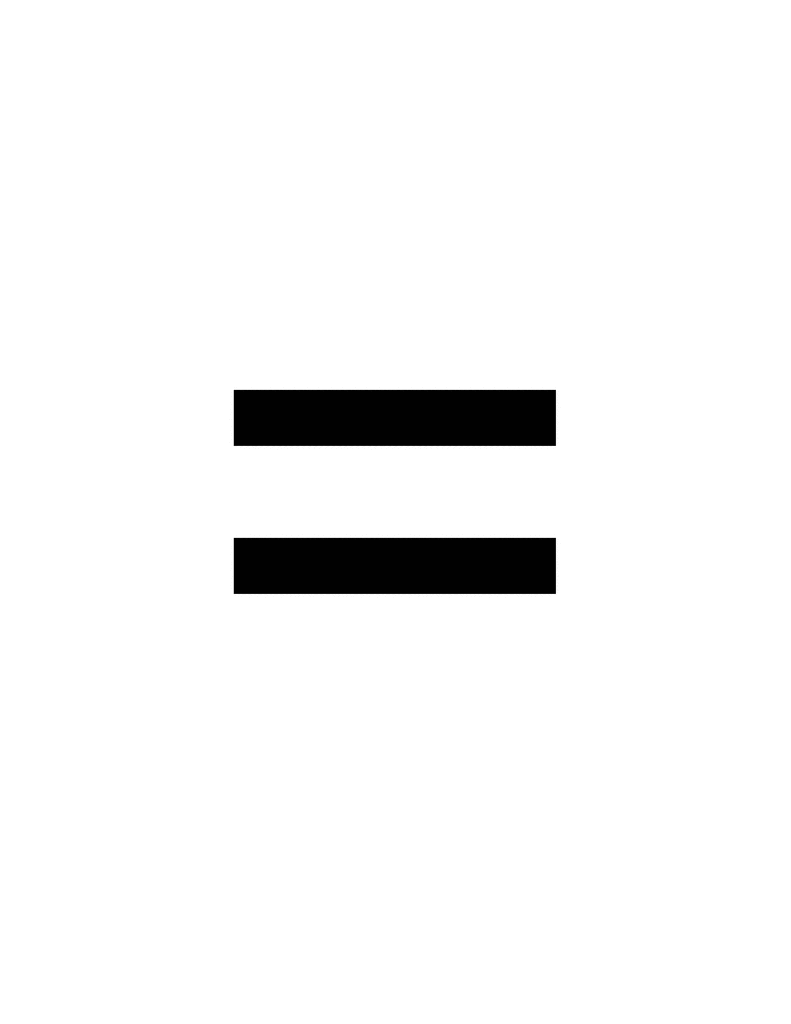
You could pair the first bead on the right with the first on the left, or the first on the right with the second on the left, and so on (there are six possible pairings in all). Set theory recognizes that two sets with three objects each pair exactly, but it doesn’t easily perceive all the different ways to do the pairing. Observe that after all the pairing is done, there are no beads left over. On a formal level, the way to show that two quantities are equal is to pair them off: Match one bead on the right side of the equal sign with one bead on the left side. One of these axioms, for example, says that you can add a set with two elements to a set with one element to produce a new set with three elements: 2 + 1 = 3. Set theory specifies rules, or axioms, for constructing and manipulating these sets.

Since the late 19th century, the foundation of mathematics has been built from collections of objects, which are called sets. What more is there to say about that? But the simplest ideas can be the most treacherous.
#Equal sign plus#
Two beads plus one bead equals three beads. Mathematical equality might seem to be the least controversial possible idea. In doing so, they are building a future for mathematics founded not on equality, but on equivalence. They are performing, in a sense, the essential work of governance that must follow any revolution, translating a transformative text into day-to-day law. They’re distilling and repackaging his presentation of infinity categories to make them accessible to more mathematicians. Mathematicians are still grappling with both the magnitude of Lurie’s ideas and the unique way in which they were introduced. “And I say, ‘Really? You’re referencing 8,000 pages of text.’ That’s not a reference, it’s an appeal to authority.” “I’ve had people say, ‘It’s in Lurie somewhere,’” said Inna Zakharevich, a mathematician at Cornell University. As a result, some of the work based on his ideas is less rigorous than is typical in mathematics. “I just don’t think you can expect any population of mathematicians to accept any tool from anywhere very quickly without giving them convincing reasons to think about it.”Īlthough many mathematicians have embraced infinity categories, relatively few have read Lurie’s long, highly abstract texts in their entirety. “There’s an appropriate level of conservativity in the mathematics community,” said Clark Barwick of the University of Edinburgh. Yet the spread of infinity categories has also revealed the growing pains that a venerable field like mathematics undergoes whenever it tries to absorb a big new idea, especially an idea that challenges the meaning of its most important concept. “No one goes back once they’ve learned infinity categories,” said John Francis of Northwestern University. Many mathematicians view them as indispensable to the future of the field.

#Equal sign how to#
The 944-page volume serves as a manual for how to interpret established areas of mathematics in the new language of “infinity categories.” In the years since, Lurie’s ideas have moved into an increasingly wide range of mathematical disciplines.

Lurie published his first book, Higher Topos Theory, in 2009. “I just think he felt this was the correct way to think about mathematics,” said Michael Hopkins, a mathematician at Harvard and Lurie’s graduate school adviser. Through his books, which span thousands of dense, technical pages, he has constructed a strikingly different way to understand some of the most essential concepts in math by moving beyond the equal sign. Lurie’s ideas are sweeping on a scale rarely seen in any field. In July, Lurie, 41, left his tenured post at Harvard University for a faculty position at the Institute for Advanced Study in Princeton, New Jersey, home to many of the most revered mathematicians in the world. The most prominent figure in this community is Jacob Lurie. “It should have been equivalence all along.” “We came up with this notion of equality,” said Jonathan Campbell of Duke University. They want to reformulate mathematics in the looser language of equivalence. They see it as a veneer that hides important complexities in the way quantities are related - complexities that could unlock solutions to an enormous number of problems. It seems to make an entirely fundamental and uncontroversial statement: These things are exactly the same.īut there is a growing community of mathematicians who regard the equal sign as math’s original error. The equal sign is the bedrock of mathematics.


 0 kommentar(er)
0 kommentar(er)
